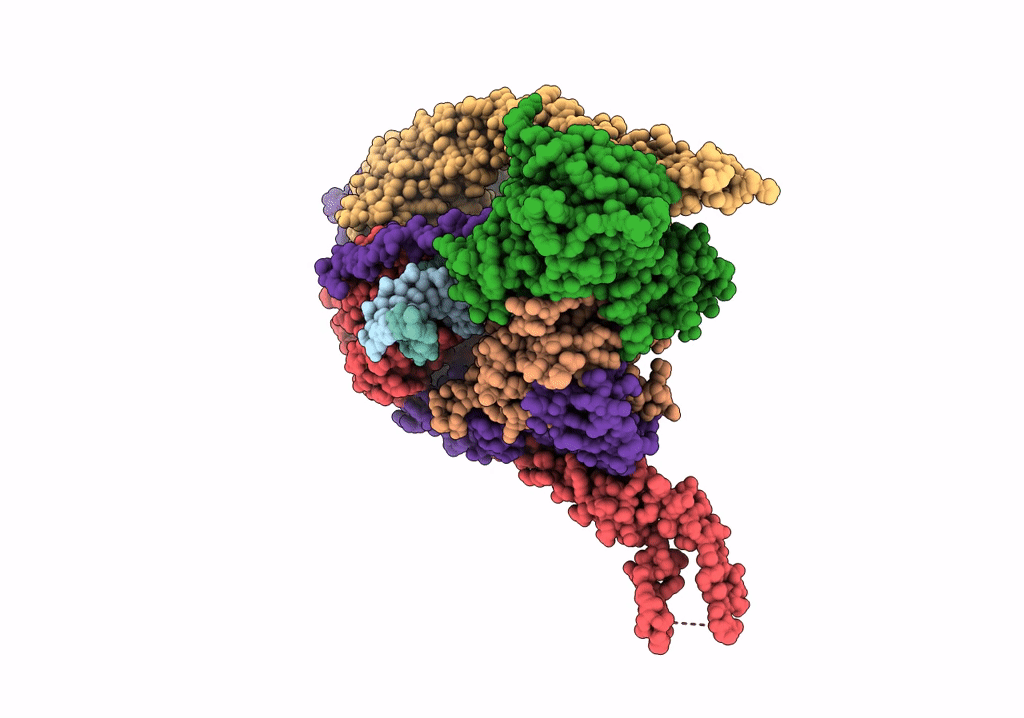
Deposition Date
2022-02-04
Release Date
2022-06-22
Last Version Date
2024-02-21
Entry Detail
Biological Source:
Source Organism:
Saccharomyces cerevisiae W303 (Taxon ID: 580240)
synthetic construct (Taxon ID: 32630)
synthetic construct (Taxon ID: 32630)
Host Organism:
Method Details:
Experimental Method:
Resolution:
3.80 Å
Aggregation State:
PARTICLE
Reconstruction Method:
SINGLE PARTICLE


